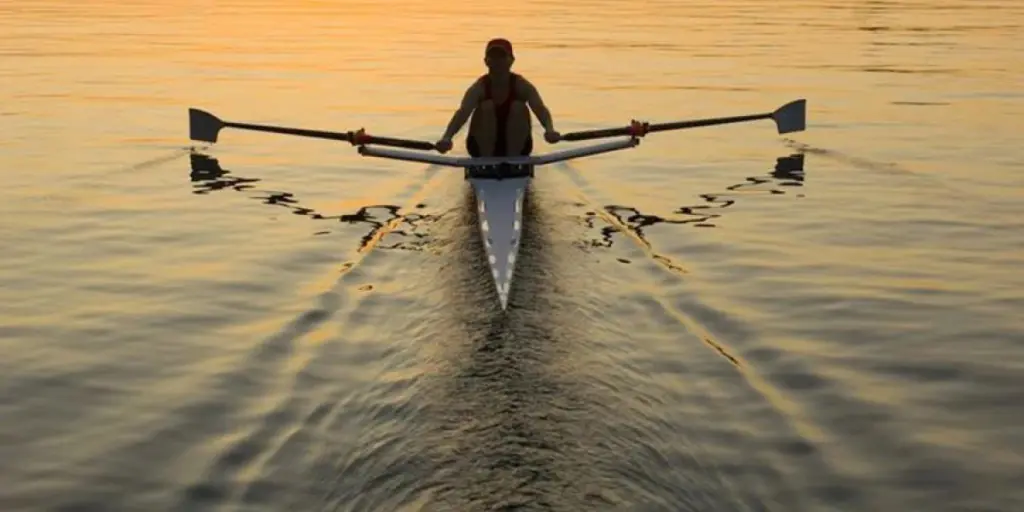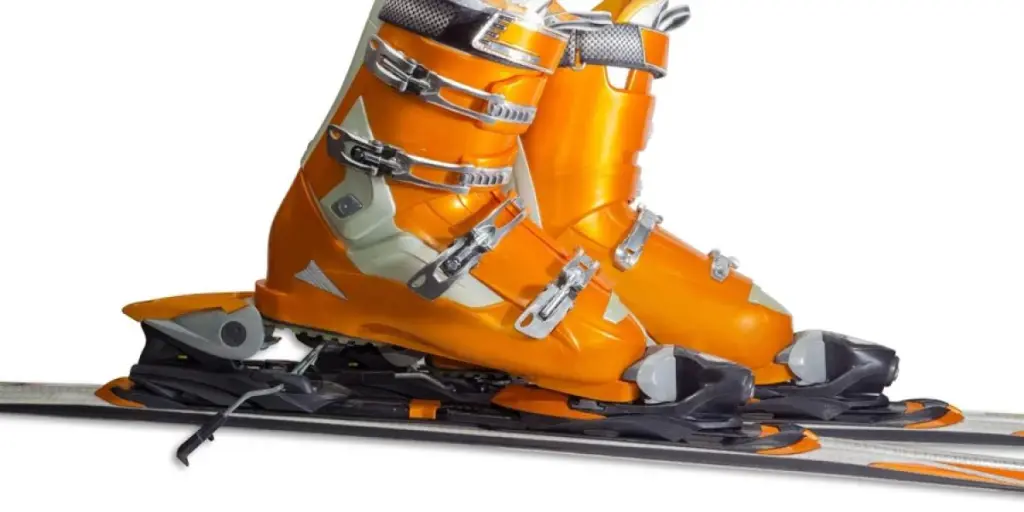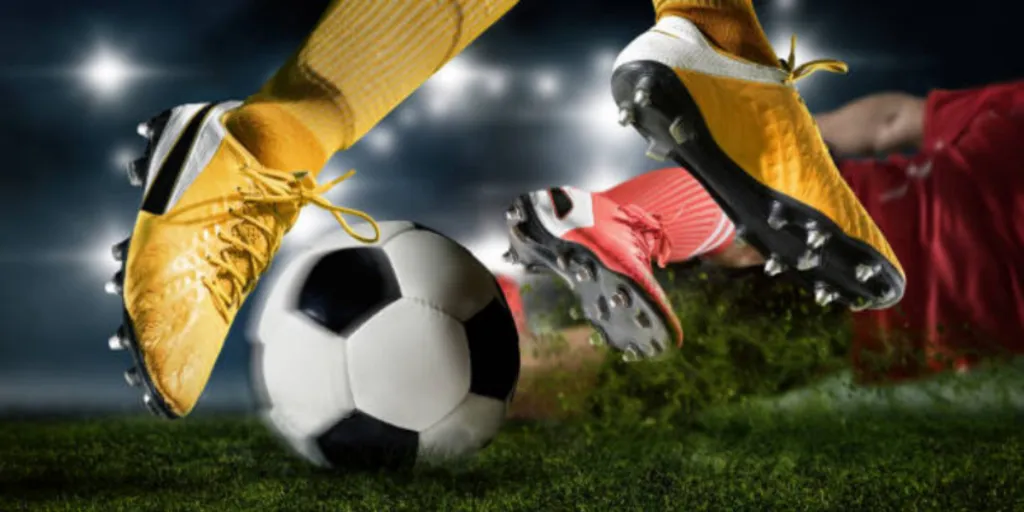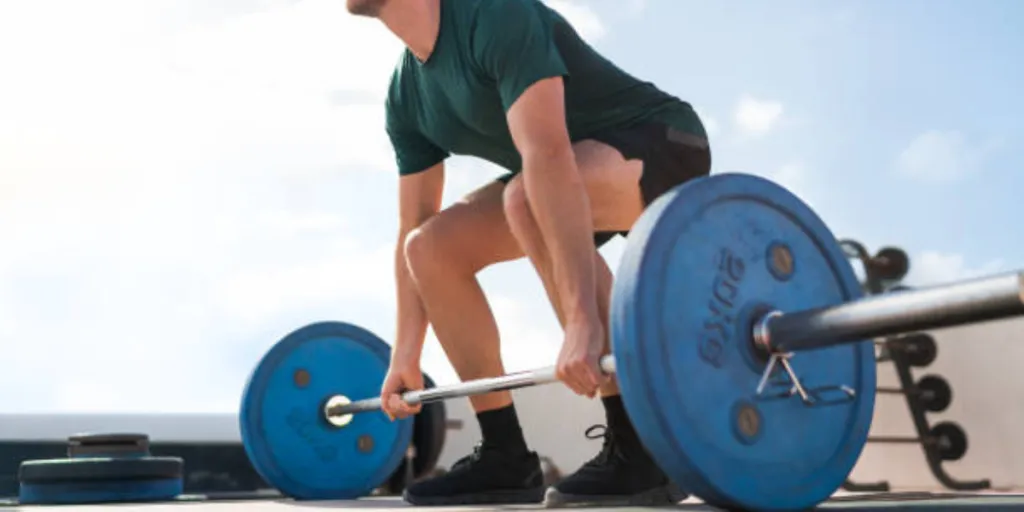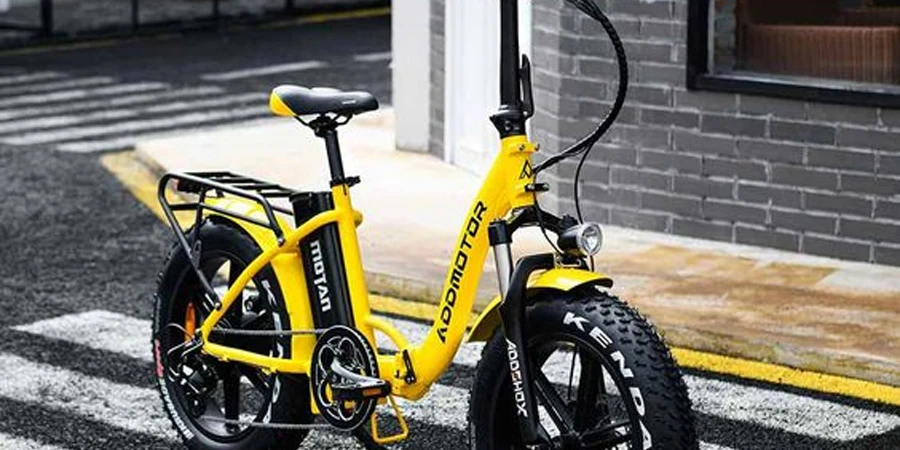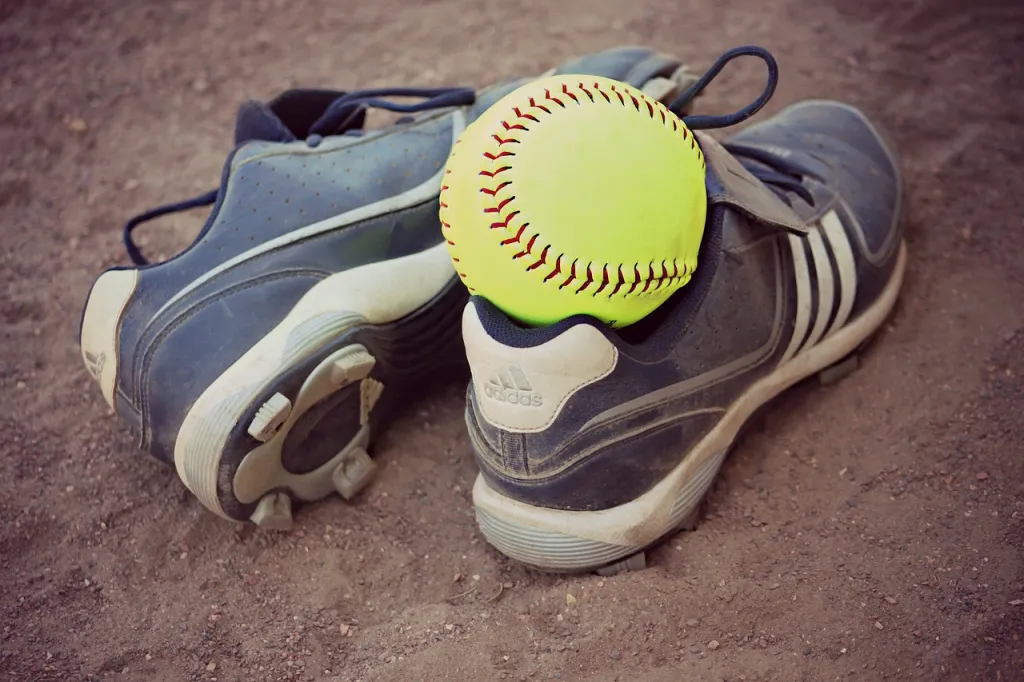As we sail into 2024, the rowing boat market presents a dynamic landscape, rich with opportunities for discerning retailers. From sleek, competitive sculls to sturdy, leisurely rowboats, these vessels aren’t just products; they embody a lifestyle, a passion for water sports, and a commitment to fitness. For retailers, understanding the nuances of this market means not just stocking boats but becoming a part of a community that values quality, performance, and the sheer joy of rowing.
Table of Contents:
1. 2024 rowing boat market insights
2. Essential selection criteria for rowing boats
3. Top rowing boat models and their features
1. 2024 rowing boat market insights

The rowing boat market in 2024 is a rapidly evolving landscape, influenced by a variety of factors including market growth trends, technological advancements, and consumer preferences.
Market growth and trends
The global rowing boats market is projected to grow significantly, with a compound annual growth rate (CAGR) of 4.3% from 2021 to 2028, and the market value expected to reach US$ 14.61 billion by 2029, up from US$ 10.24 billion in 2022. This growth is driven by increased awareness about physical fitness and recreation, along with a growing interest in water sports activities such as kayaking and sailing.
Regional insights
Geographically, the market is segmented into key regions including North America, Europe, Asia Pacific, Latin America, and the Middle East & Africa. North America holds a significant market share, with the United States and Canada being key contributors. The Asia Pacific region is expected to experience substantial growth due to increased participation in water sports activities and the rising popularity of recreational rowing.
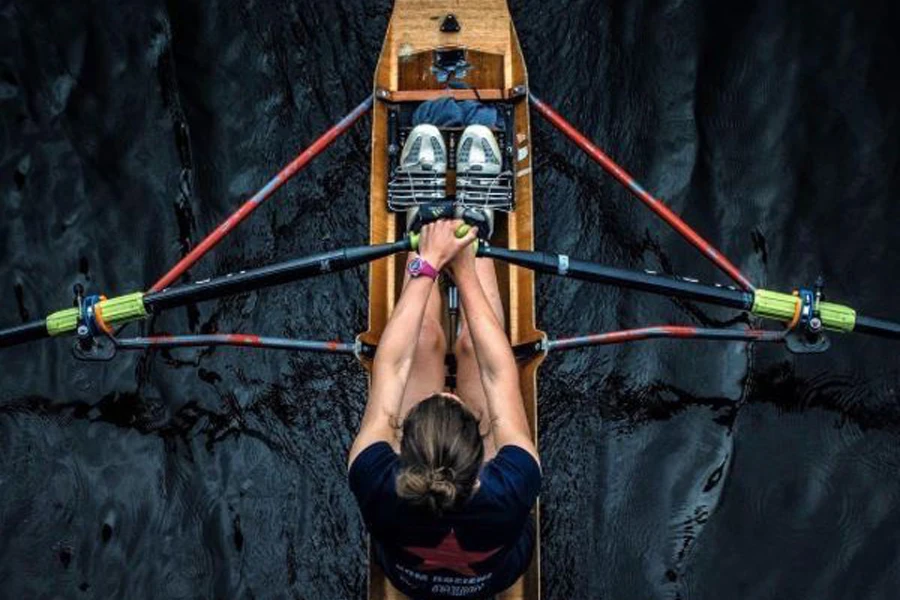
Technological advancements
Technological advancements are significantly influencing the rowing boat market. The development of new materials and technologies for manufacturing, such as improved hull designs and better propulsion systems, is enhancing the performance and appeal of rowing boats. Additionally, advancements in communication technologies are improving the marketing and distribution efficiency of rowing boats.
Consumer preferences
Consumer preferences are shifting towards recreational rowing boats due to the growing trend of outdoor activities for health and wellness benefits. This shift is also reflected in the increasing demand for boats suitable for leisure activities and the rising popularity of rowing as a fitness workout. Recreational rowing boats are witnessing higher demand compared to racing rowing boats, which are typically used for events and competitions.
Competitive landscape
The competitive landscape of the rowing boat market is marked by the presence of key players such as Empacher, Filippi Boats, George Sims, Swift Racing, Sykes, Vespoli, WinTech Racing, and Hudson. These companies are evaluated based on their product and service offerings, financial statements, key developments, strategic approaches, market position, and geographical reach. The market is also characterized by mergers and acquisitions, new product launches, and partnerships among major players.
Challenges and opportunities
The market faces challenges such as high costs of premium rowing boats, maintenance costs, and limited availability of rowing locations in some regions. However, the increasing interest in water sports and recreational activities, along with the growing tourism industry, offers lucrative opportunities for the rowing boats market.
2. Essential selection criteria for rowing boats
Selecting the right rowing boats for your retail business requires a nuanced understanding of customer needs, boat quality, design, and safety considerations. Each aspect plays a critical role in ensuring that the products you offer align with market demands and expectations.

Understanding Customer Needs
The rowing boat market caters to diverse groups, each with distinct preferences:
Exercise enthusiasts: Look for boats that offer a balance of stability and performance, suitable for fitness routines on the water.
Leisure rowers: Seek comfortable, stable boats ideal for casual rowing experiences, emphasizing ease of use and enjoyment.
Competitive athletes: Require high-performance boats optimized for speed and agility, meeting the rigorous demands of racing scenarios.
Assessing boat quality and design
Selecting boats that excel in these areas can distinguish your offerings in a competitive market, catering to discerning customers who seek quality and value.
Material choices: The construction material significantly impacts the boat’s weight, durability, and performance. Options range from traditional wood to modern materials like fiberglass, carbon fiber, and kevlar, each offering unique benefits.
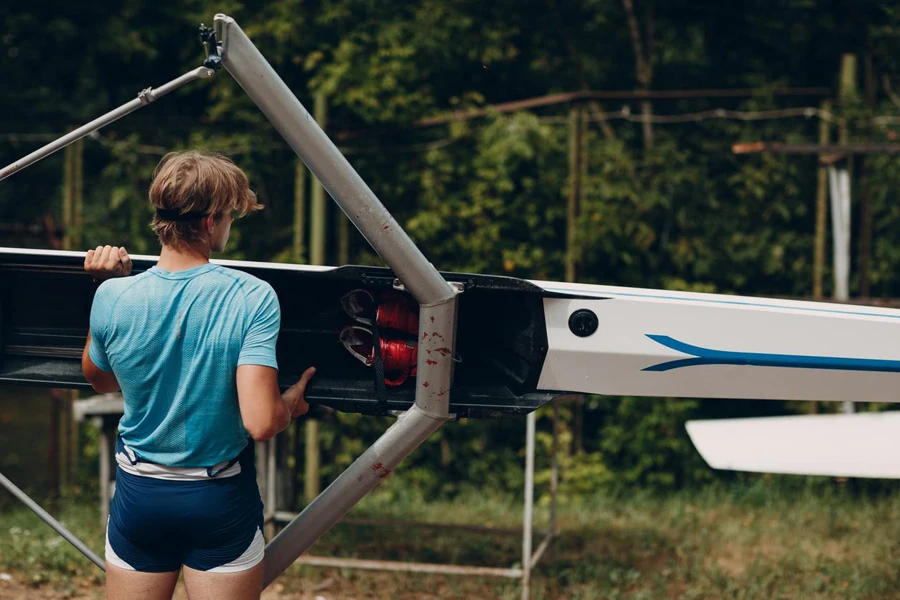
Durability: Retailers should prioritize boats known for longevity and resistance to wear and tear, ensuring customers receive value for their investment.
Design aspects: The boat’s design, including its hull shape and ergonomic features, affects its rowing efficiency, stability, and overall user experience. Innovative designs that combine aesthetics with functionality are increasingly popular among diverse rowing communities.
Safety and stability considerations
By focusing on these selection criteria, retailers can curate a range of rowing boats that not only meet but exceed customer expectations in terms of functionality, safety, and overall rowing experience.
Safety features: Retailers must ensure that the rowing boats they offer are equipped with essential safety features, such as buoyancy aids, secure seating, and robust construction to withstand varied water conditions.
Stability in diverse conditions: Boats should be stable and manageable across a range of water environments, from calm lakes to more challenging coastal waters. This aspect is crucial for both novice rowers seeking confidence on the water and experienced athletes requiring reliable performance.
3. Top rowing boat models and their features

Traditional vs. Modern designs
The rowing boat market offers a rich tapestry of designs, from time-honored traditional rowboats to sleek modern sculling shells. Traditional rowboats, often crafted from wood and revered for their aesthetic appeal, offer stability and durability, making them ideal for leisure rowing. Modern sculling shells, on the other hand, are characterized by their lightweight materials like carbon fiber and fiberglass, catering to competitive rowers with their emphasis on speed and efficiency.
Highlighting popular models and brands
In the realm of rowing boats, several brands and models stand out in 2024, each with their unique features and advantages, catering to different segments of rowers, from those seeking high-performance racing shells to those looking for comfortable and stable boats for leisure rowing.
Empacher, Filippi, and Hudson are renowned for their racing shells, favored in competitive circles for their cutting-edge design and superior performance. For recreational rowing, brands like Whitehall Rowing & Sail offer a range of boats that blend traditional aesthetics with modern functionality. Each brand brings unique features to the table, such as advanced hull designs, ergonomic seating, and customizable options, catering to a wide range of rowing needs.
Here are some highlighted models and their features:
Alden Rowing: Renowned for over a century, Alden offers a range of boat models suitable for both recreational rowers and competitive athletes. Their boats, including simple sculls to four-person shells, are known for innovative features that enhance the rowing experience.
Ave Rowing Boats: Known for the ‘Avenger’ racing shell, Ave is celebrated for high-quality products used by athletes and recreational rowers. They also offer a range of rowing accessories.
BBG: A family-owned business, BBG specializes in a variety of rowing boats, from small dinghies to large racing shells. They are known for high-quality fiberglass boats and excellent customer service.
Carl Douglas Racing Shells: With a focus on carbon fiber boats, Carl Douglas offers a range of racing shells designed for different types of rowing, including lightweight and standard series for various rower profiles.
Empacher: This German manufacturer is prominent for its high-quality rowing boats used by Olympic gold medalists. They produce a range of boats for both amateur and professional rowers.
Filippi Boats: An Italian manufacturer, Filippi is known for a wide range of boats including single sculls to eight-person shells, popular among both professional and amateur rowers.
Hudson Boatworks: Specializing in custom boats, Hudson Boatworks offers a variety of models including the Fisherman series and Voyager series, known for their quality and performance.
Matching boats to retailer goals
For retailers, aligning boat selections with business objectives involves understanding the specific needs of their clientele. Retailers targeting competitive athletes might focus on high-performance racing shells, while those catering to a broader audience may include a variety of recreational models. It’s about striking the right balance between performance, quality, and price to meet diverse customer expectations.
Conclusion
The rowing boat market in 2024 is a dynamic field with a spectrum of options to cater to various user needs. From traditional to modern designs, the key for retailers lies in understanding their target market and aligning their inventory with customer preferences and market trends. By focusing on quality, safety, and the specific needs of their clientele, retailers can optimize their rowing boat selections, ensuring they meet the demands of the 2024 market and beyond.
